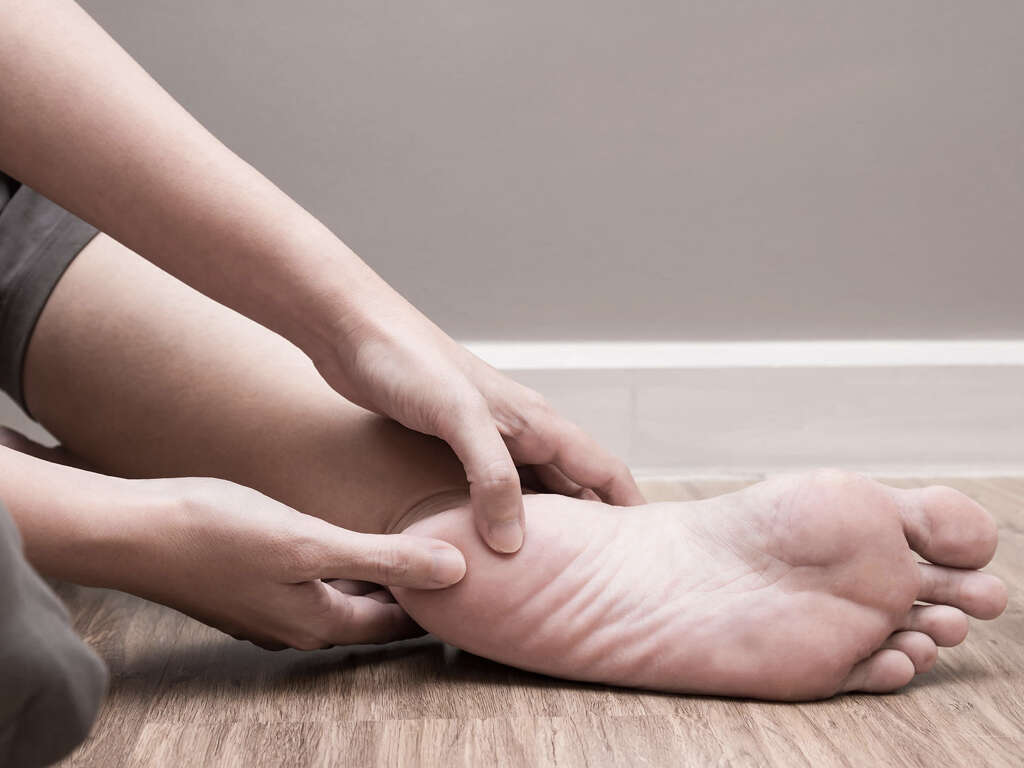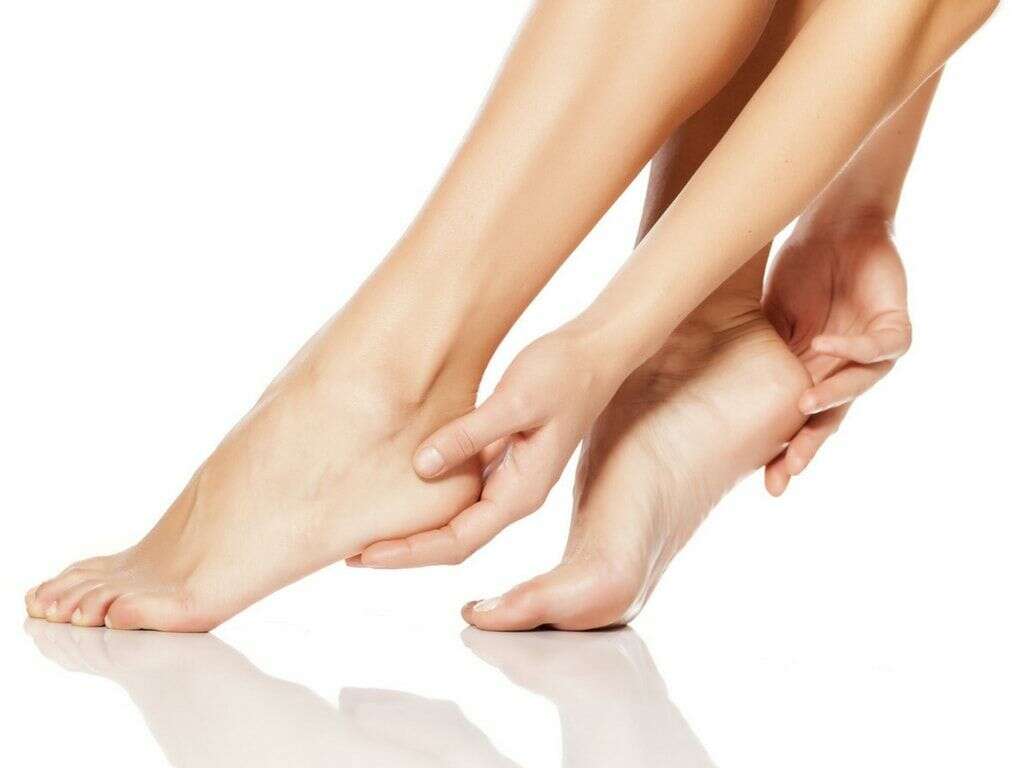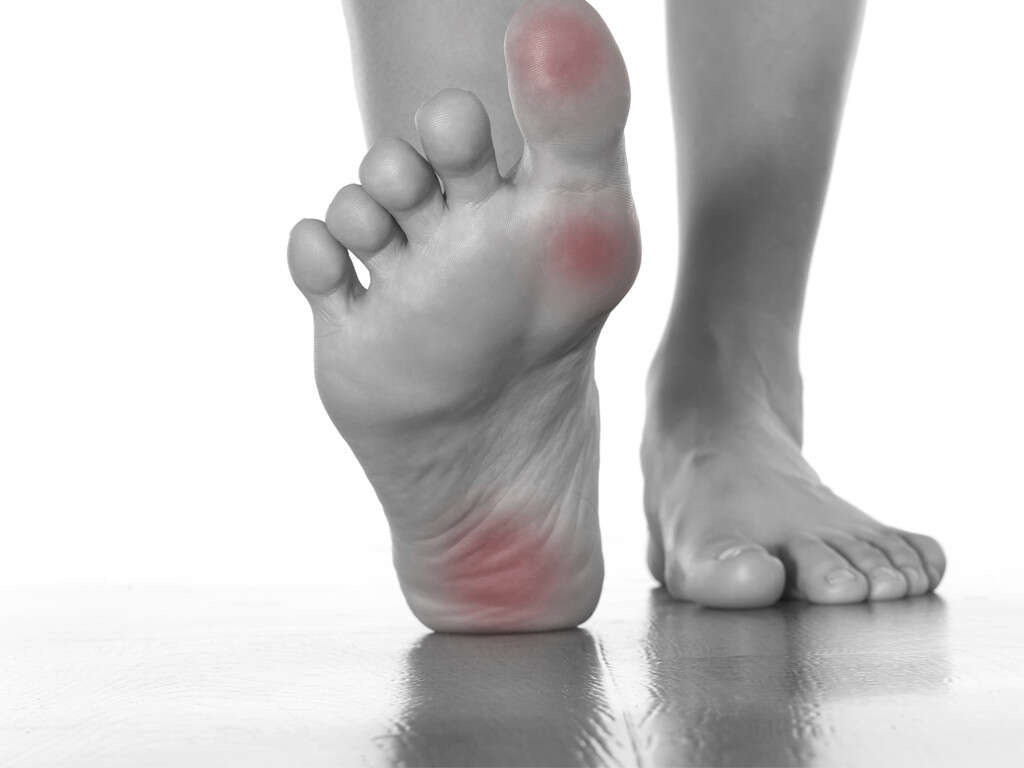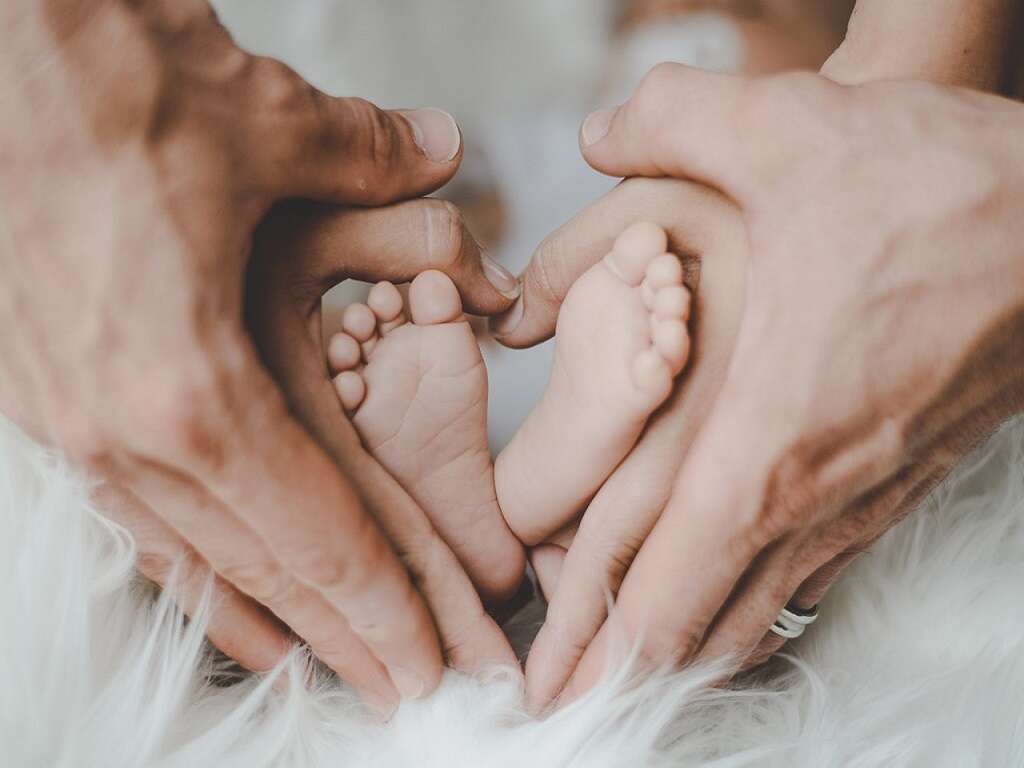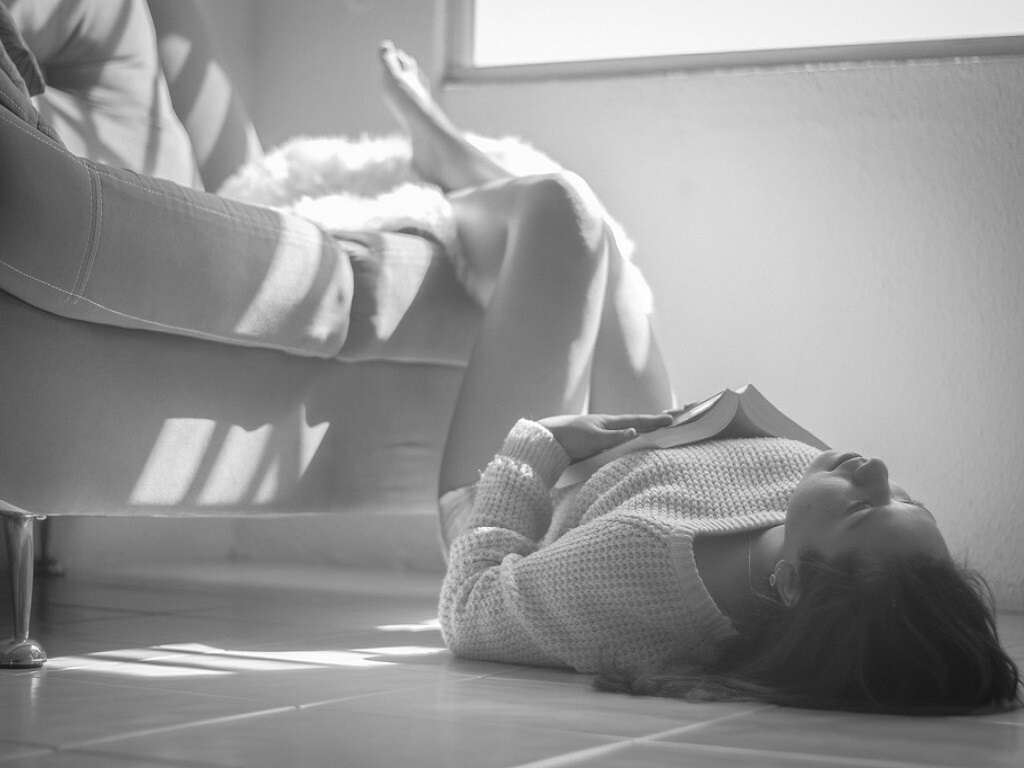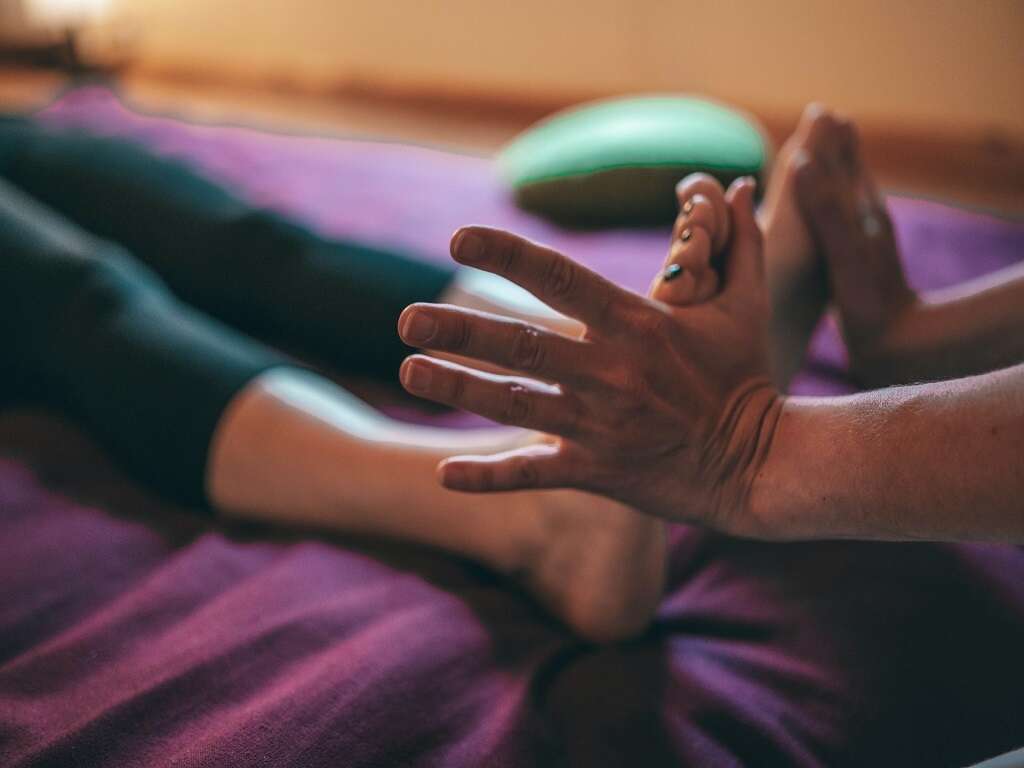Bottom of Foot Pain Causes, Treatments and More
 Article Sources
Article Sources
- 1. 'Plantar Fasciitis.' Mayo Clinic, Mayo Foundation for Medical Education and Research, 11 Dec. 2019, www.mayoclinic.org/diseases-conditions/plantar-fasciitis/symptoms-causes/syc-20354846.
- 2. J;, Pascual Huerta.'The Effect of the Gastrocnemius on the Plantar Fascia.' Foot and Ankle Clinics, U.S. National Library of Medicine, pubmed.ncbi.nlm.nih.gov/25456717/.
- 3. 'Metatarsalgia.' Mayo Clinic, Mayo Foundation for Medical Education and Research, 19 Sept. 2019, www.mayoclinic.org/diseases-conditions/metatarsalgia/symptoms-causes/syc-20354790.
- 4. 'Morton's Neuroma - OrthoInfo - AAOS.' OrthoInfo, orthoinfo.aaos.org/en/diseases--conditions/mortons-neuroma.
Pain on the bottom of the foot can strike from the heel right up to the toes. In most cases, it's due to excessive stress — on joints, muscles or skin. Many find that the injury is bearable at first as long as weight isn't put on it. Perhaps it's only uncomfortable when running.
But before long, those affected notice they're lifting a part of the foot or toe more. Their uninjured side starts taking on a greater amount of load when moving, causing another set of potential problems. For symptoms that don't improve within a few weeks, it's essential to seek qualified help.

1. Running in High Heels: Why Bottom Foot Pain Happens
The foot moves in a way that the best engineers can only dream of. To walk or run, it transforms from loose and flexible to a rigid spring in a split-second. It does this so fluidly that no one noticed the thousands of daily steps before smartwatches. But as efficient as they are, feet are prone to pain.
They evolved for softer surfaces than the concrete they pound today. They also weren't intended to be crammed into tight shoes with high heels. So with running and stilettos more fashionable than ever, stinging heels and sore soles are here to stay.

2. The Plantar Fascia: Holding It All Together
The plantar fascia is a thin band of tissue that wraps around the sole like a strap. It starts at the heel, finishes up at the toes and keeps the foot arch from collapsing.1‘Plantar Fasciitis.’ Mayo Clinic, Mayo Foundation for Medical Education and Research, 11 Dec. 2019, www.mayoclinic.org/diseases-conditions/plantar-fasciitis/symptoms-causes/syc-20354846.
Formerly known as policeman's heel, plantar fasciitis now affects runners pursuing mileage. The fascia becomes sore and inflamed, causing sharp pain in front of the heel, in the sole's center. A classic symptom is stinging heel pain when taking the first steps out of bed.

3. Plantar Fasciitis Treatment: Stretching and Massage
Inflexible running muscles are a prime cause of plantar fasciitis.2J;, Pascual Huerta.’The Effect of the Gastrocnemius on the Plantar Fascia.’ Foot and Ankle Clinics, U.S. National Library of Medicine, pubmed.ncbi.nlm.nih.gov/25456717/. Piano-string hamstrings and calves make this thin tissue work harder than it can handle, so regularly stretching these is vital.
Literally at the end of the body, the plantar fascia has a lower blood supply than other tissue. As a result, it can take longer to heal. Massaging the area with a tennis ball may get needed blood to the site, encouraging the rehab process. Aim for five minutes, performed throughout the day.

4. Forefoot Ache: Metatarsalgia
Metatarsalgia symptoms appear underneath the upper foot, usually at the base of the second or third toe.3‘Metatarsalgia.’ Mayo Clinic, Mayo Foundation for Medical Education and Research, 19 Sept. 2019, www.mayoclinic.org/diseases-conditions/metatarsalgia/symptoms-causes/syc-20354790. Weight from jumping and running overloads the area, which inflames the delicate tissue there. The pain description is usually given as a deep ache. There may also be a burning sensation.
If the metatarsalgia is left untreated, patients can start to develop a condition known as claw toe. The body desperately tries to keep pressure from the forefoot, so it offloads the force onto the digits.
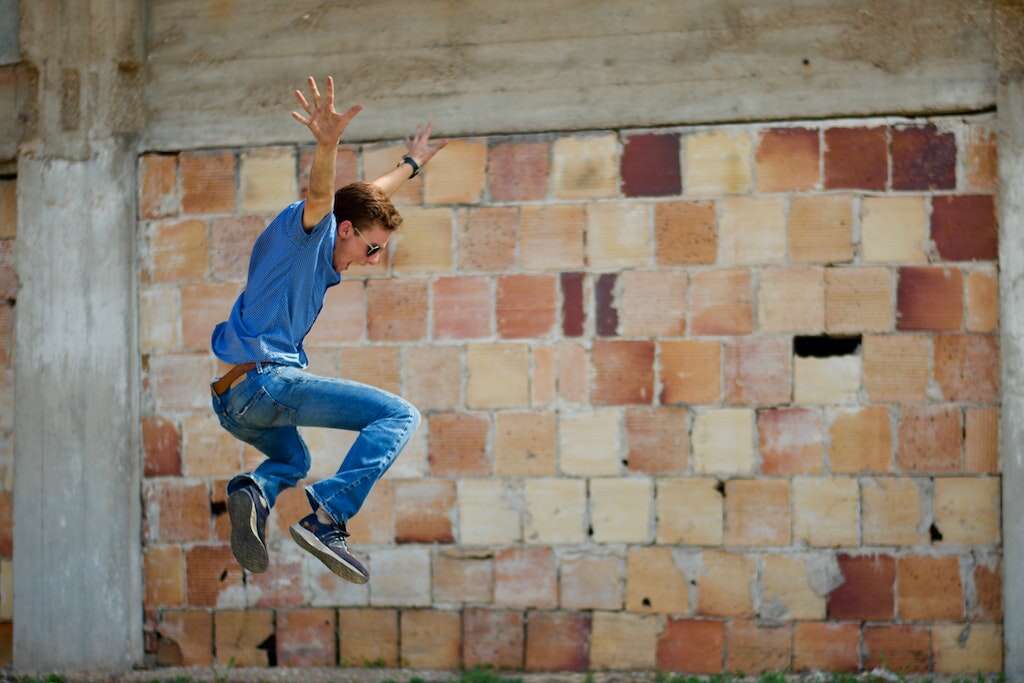
5. Metatarsalgia Treatment
The treatment goal is to redistribute pressure from the sensitive spot. Patients generally respond well to nonoperative treatment for metatarsalgia, including calf stretching and softer shoes.
Many patients find that specialized padding in the shoe helps symptoms by spreading weight along the forefoot. Known as a forefoot wedge, these inserts can take time to work and get used to, so anti-inflammatory medicine is often helpful in the meantime. Be sure to consult a physician before taking medication.

6. Strange Foot Sensations: Morton's Neuroma
Morton's neuroma is a thickening of the tissue that surrounds a nerve between the third and fourth toes.4‘Morton’s Neuroma - OrthoInfo - AAOS.’ OrthoInfo, orthoinfo.aaos.org/en/diseases–conditions/mortons-neuroma. Patients with Morton's neuroma present with pain and numbness in the balls of the feet. The injury feels like walking on a nail, but it can have another strange symptom. Sufferers may feel like there's a stuck pebble or rolled-up sock underneath their toes when wearing shoes.
This condition happens due to compression, often from wearing narrow, squeezing shoes for years.
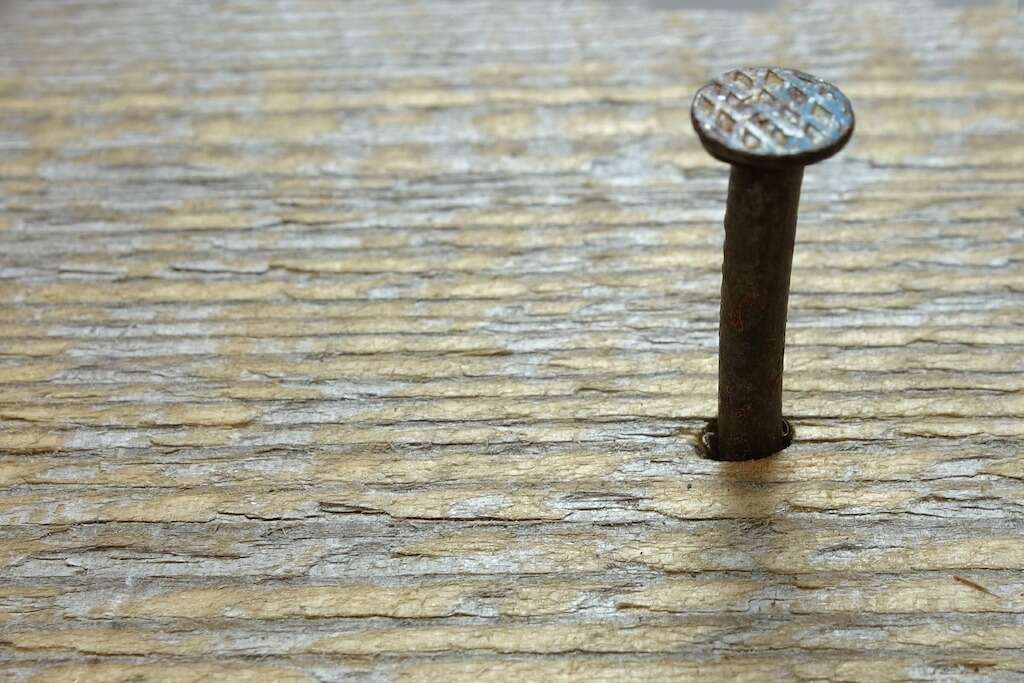
7. Morton's Neuroma Treatment
The first step is to wear shoes that don't tightly constrict the area. Custom insoles that redirect pressure can also help. Be sure to consult a trained therapist for these. Poorly fitted insoles may cause additional issues, while the neuroma remains.
Some people also find relief from steroid injections into the painful area. Morton's neuroma can respond to conservative measures. However, due to the nerve's involvement, it can be problematic to treat, and surgery is sometimes required.

8. Skin Gone Too Far: Callus
Often lost among more exotic-sounding conditions is simple, hard skin. A yellow, thick plaque builds up on exposed areas to protect the feet from friction. But the body tends to overdo it. The enlarged patch grows and hardens, taking up more space in the shoe and pressing upward as every step pushes downwards.
A callus can cause immense burning discomfort, even when the foot is not bearing weight. Prime locations for calluses are under the heel and along the underside of the forefoot.
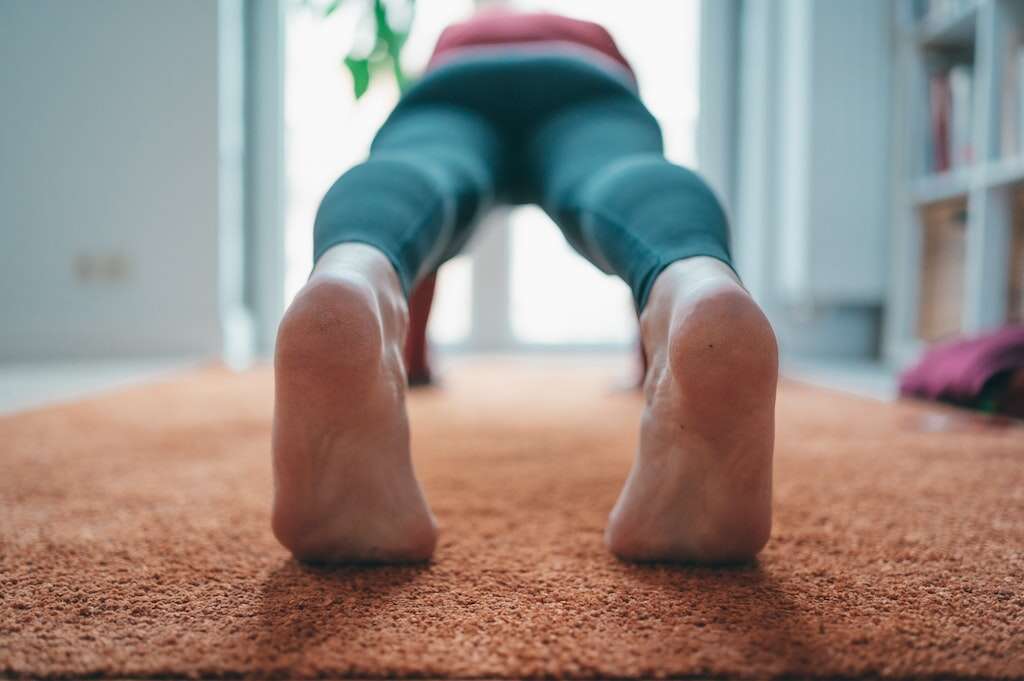
9. Ingrowing Plugs of Skin: Corns
Corns are like a small, ingrowing callus. Contrary to some views, they don't have a root. Instead, a small plug of hard skin forms inward from pressure, with predictably painful results. Some even liken it to a foot version of toothache.
Corns can appear anywhere on the bottom of the foot, though common areas include the base of the big toe and inside of the heel. Unlike a callus, corns can be difficult to locate by touch.

10. Calluses and Corns Treatment: Remove and Soften
Removing the excess skin is key to treating both conditions. Calluses often respond well to suitable foot cream that stops problematic hardening. Heavy skin buildup may require removal in addition to moisturizing. Corns often need medical removal, even with softening due to the way they form inward.
Someone is more likely to get both conditions in the same spot again. This gives a clear sign of the problem area, as they only form where excess pressure or friction is present.



